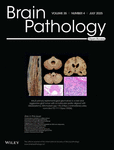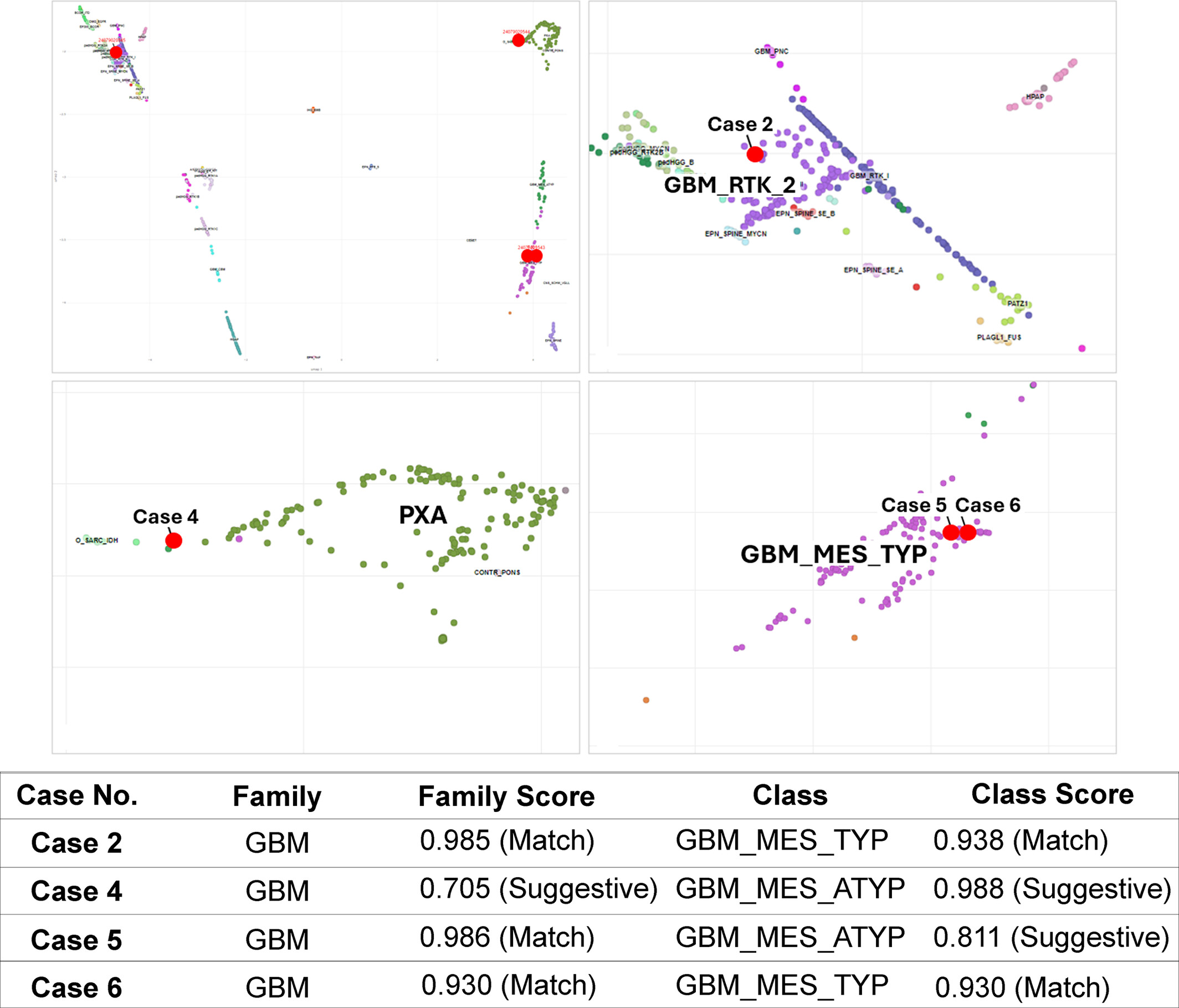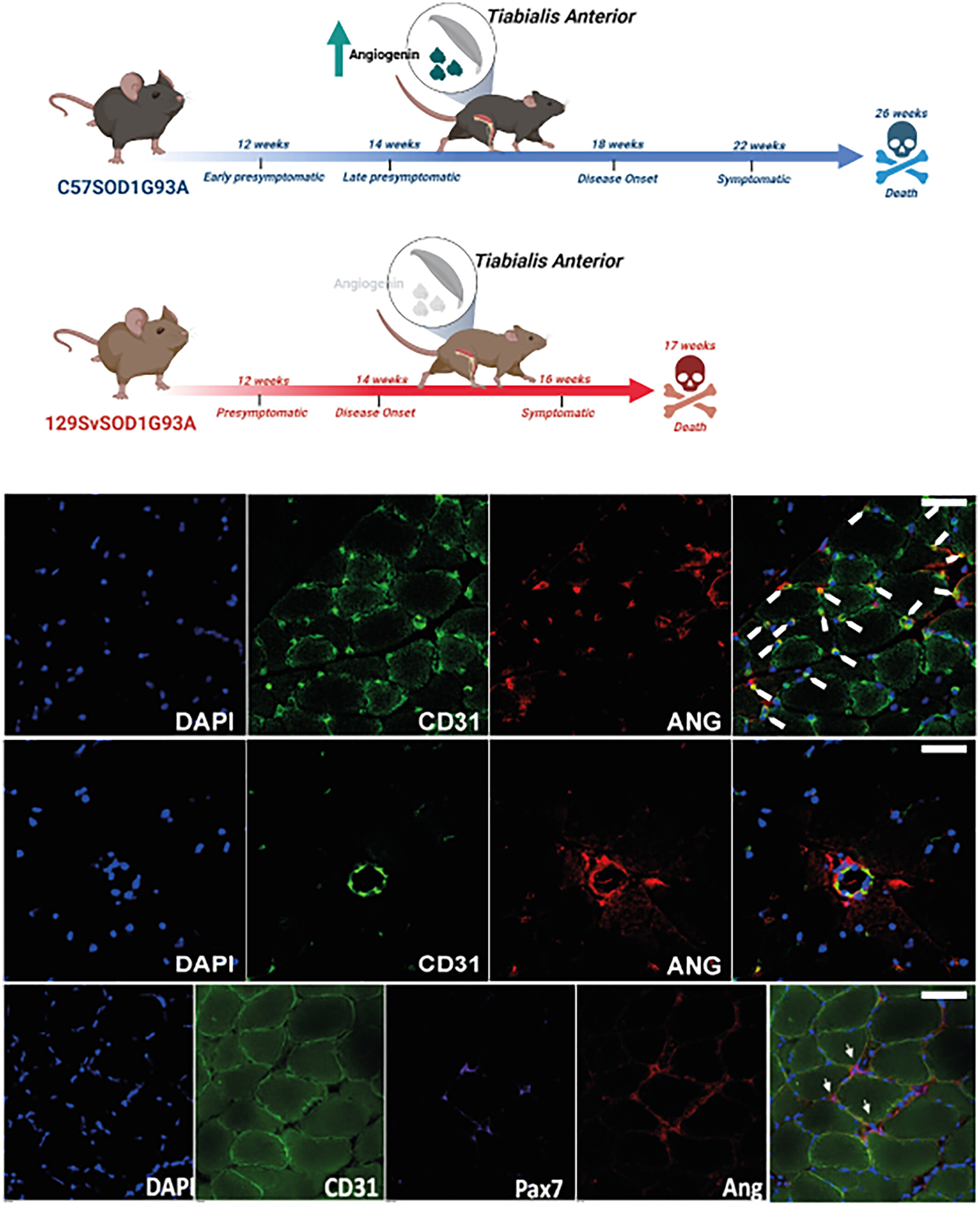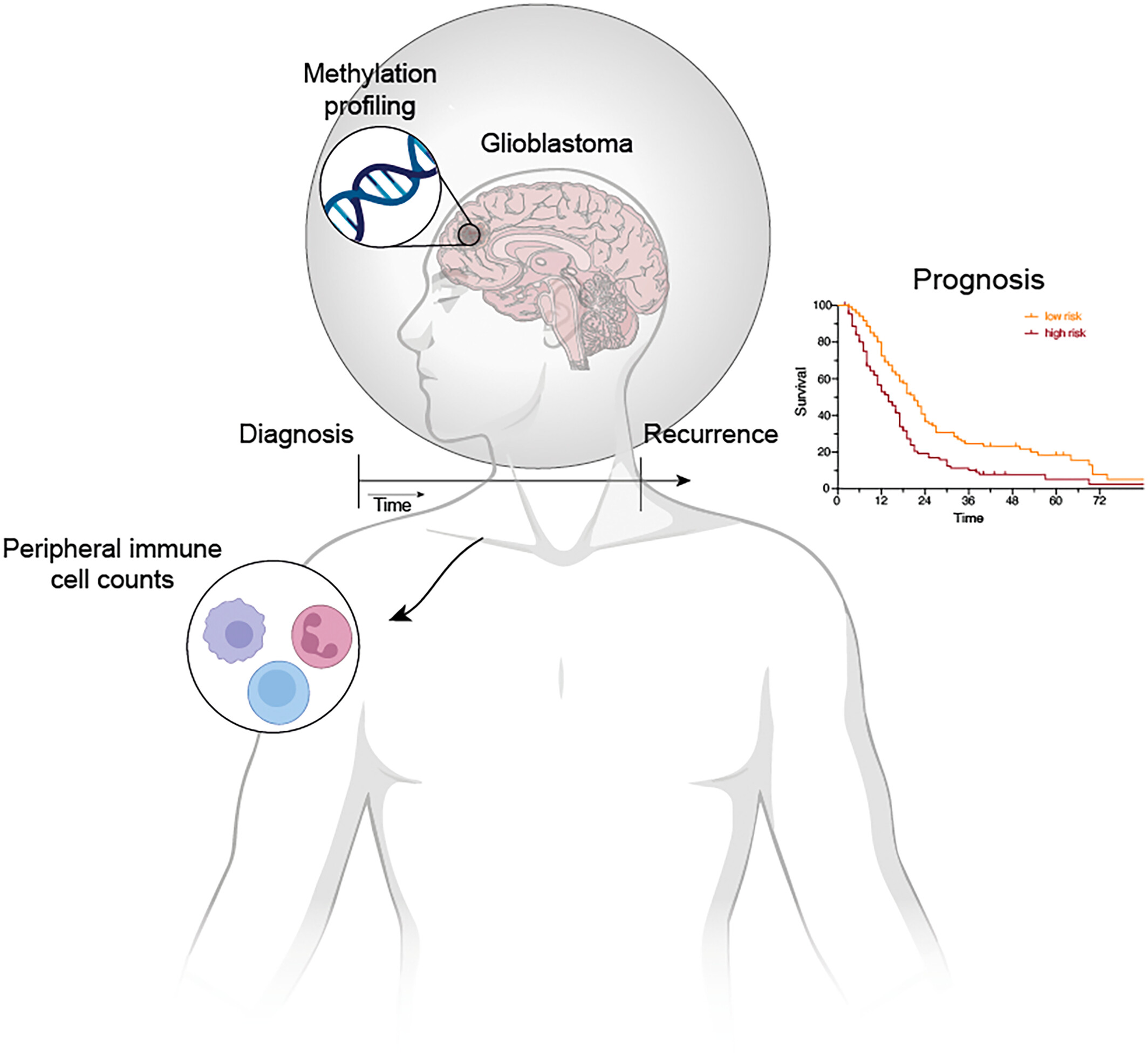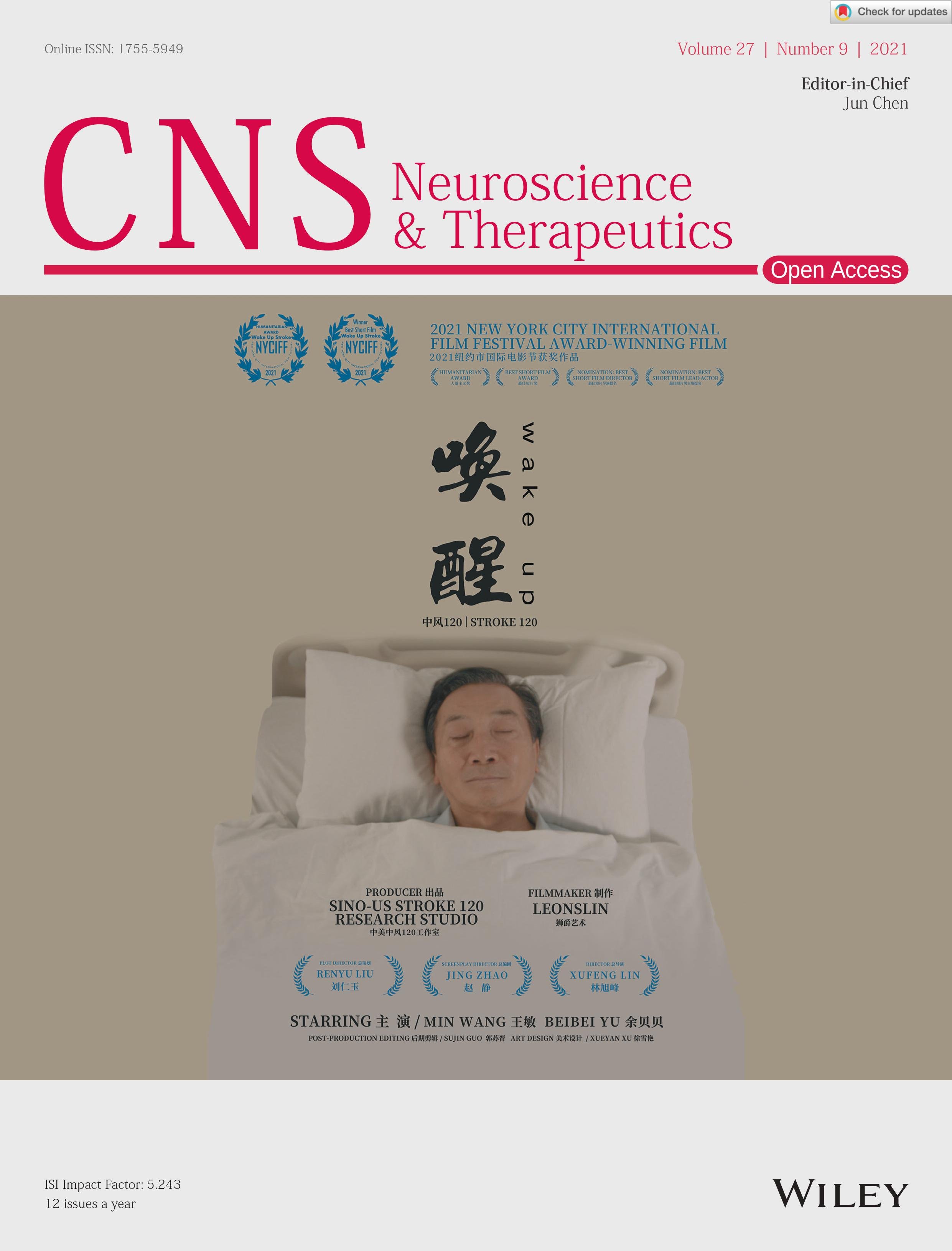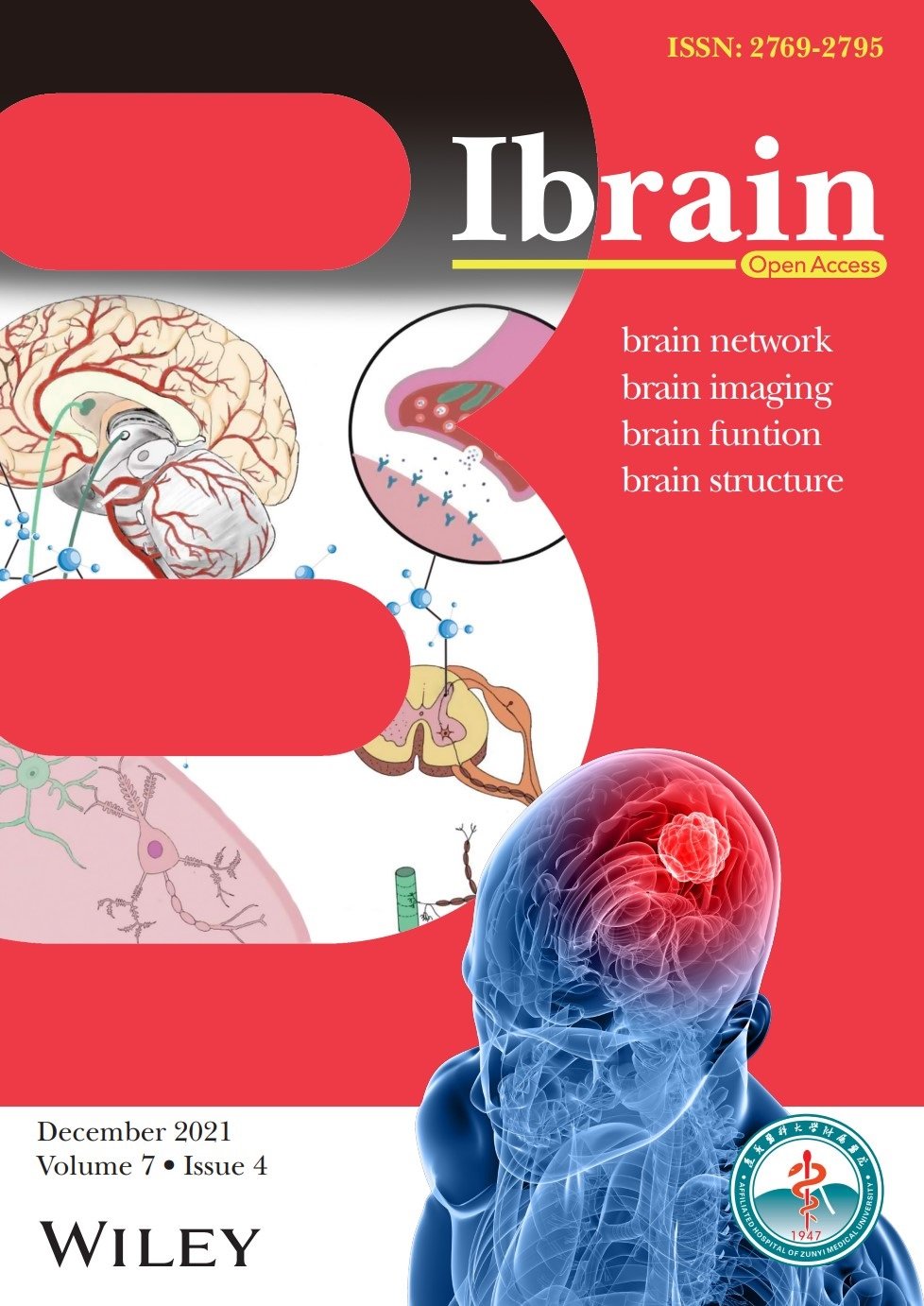Journal list menu
Export Citations
Download PDFs
ISSUE INFORMATION
RESEARCH ARTICLE
Neuropathological and cerebrospinal fluid correlates of choroid plexus inflammation in progressive multiple sclerosis
- First Published: 01 December 2024
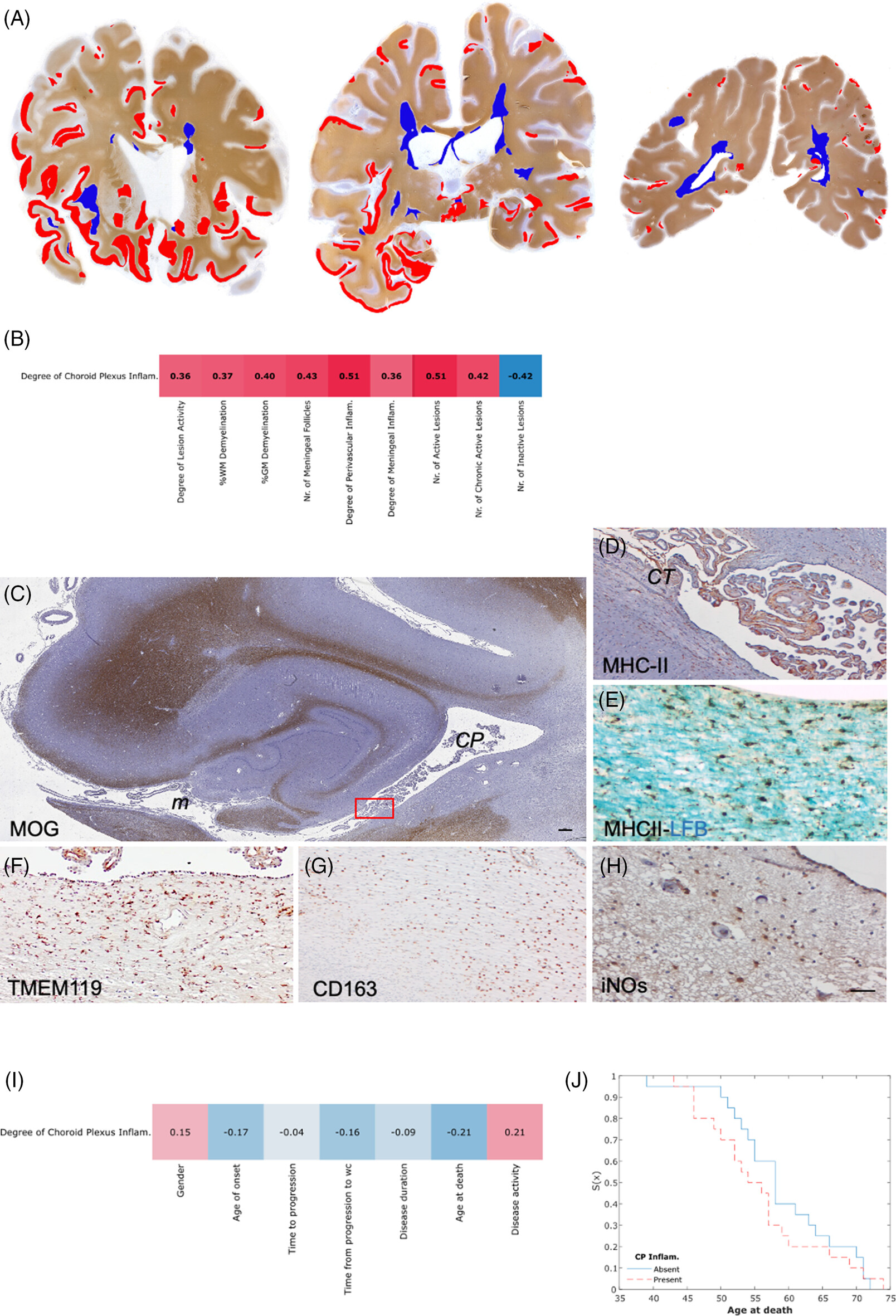
Graphical representation of the widespread white matter (blue color mask) and grey matter (cortical and deep grey matter; red color mask) demyelination in MS cases characterized by substantial inflammation of the CP (A). The presence of lesions was mainly associated with periventricular white matter and hippocampus areas (A). Spearman correlation analysis (B) between CP inflammation and the other quantified neuropathological parameters shows significant positive correlation (darker red) between degree of CP inflammation and degree of perivascular inflammation (R: 0.509, p: 7.921 × 10−4), with meningeal inflammation (R: 0.365, p: 0.021) and with the number of active lesions (R: 0.51, p: 3.524 × 10−5) identified in the surrounding periventricular areas (B). Extensive subependymal active demyelination (C) with intense microglia activation, characterized by expression of MHC-class II, TMEM119, CD163, and iNOs (D–H) were detected in the hippocampus. Spearman correlation analysis between degree of CP inflammation and clinical features of the examined MS cases did not reveal any significant correlation (I). Survival analysis that compared the populations with (red line) and without (blue line) CP inflammation, with respect to the age at death did not found significantly difference (p: 0.391), even if a higher percentage of subjects without CP inflammation were characterized by later age at death (J). Scale bars: 500 μm (C), 200 μm (D),100 μm (E–I).
Molecular profile of adult primary leptomeningeal gliomatosis aligns with glioblastoma, IDH-wildtype
- First Published: 18 December 2024
Potentiating microglial efferocytosis by MFG-E8 improves survival and neurological outcome after successful cardiopulmonary resuscitation in mice
- First Published: 24 December 2024
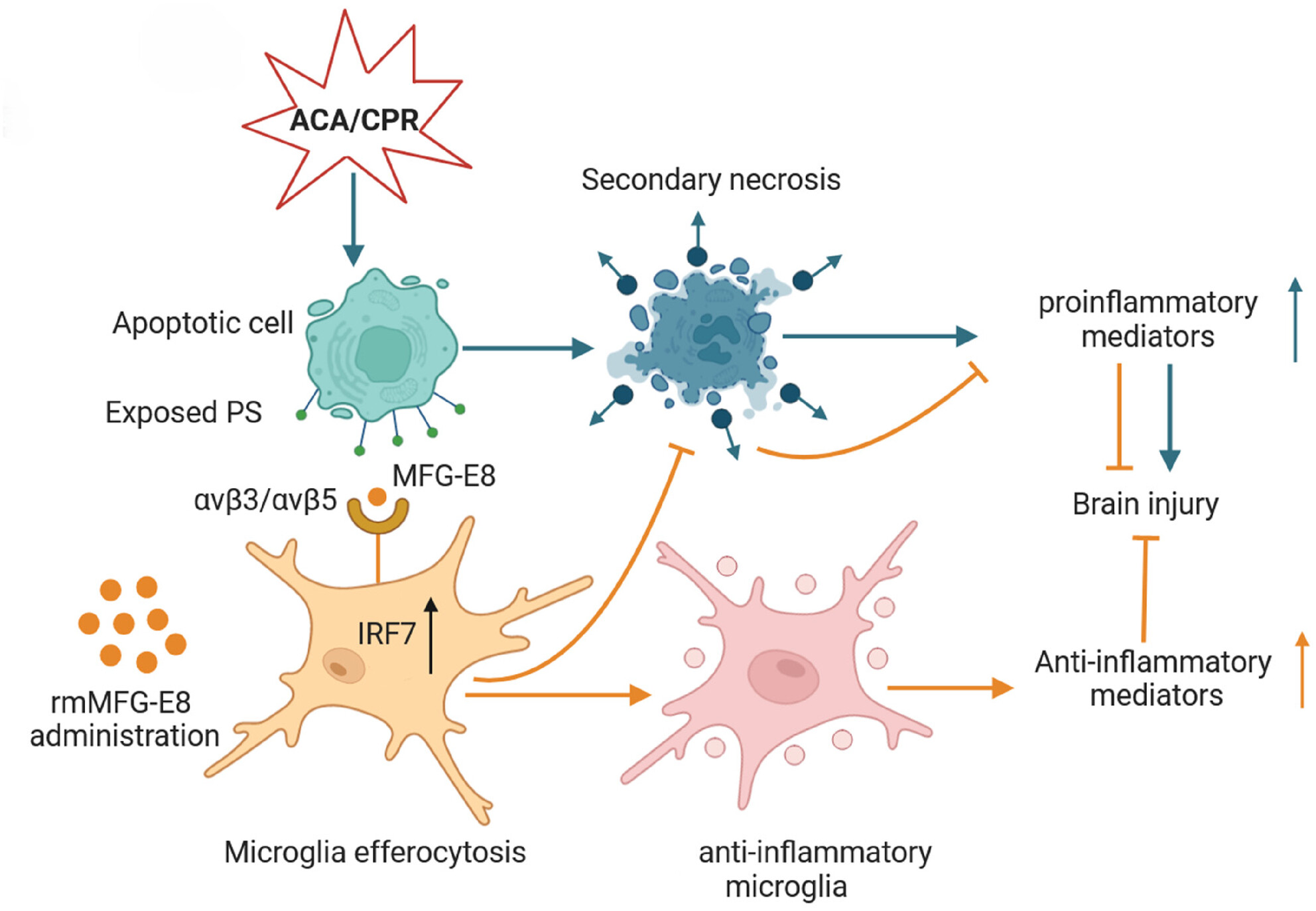
Schematic representation of the effects of rmMFG-E8 on post-CA/CPR brain injury. Ischemic/reperfusion injury caused by CA/RCA results in elevated apoptotic cell death in various cells and decreased apoptotic cell clearance by phagocytes, such as microglia. Apoptotic cells, without proper phagocytic clearance, have the potential to release toxic and proinflammatory contents through secondary necrosis, creating a vicious cycle that contributes to further brain injury. MFG-E8 administration enhances phagocytic activity and induces microglia to switch to an anti-inflammatory phenotype, effectively attenuating deleterious inflammation and further mitigating neuronal injury, ultimately improving survival and neurological outcome.
Protective role of Angiogenin in muscle regeneration in amyotrophic lateral sclerosis: Diagnostic and therapeutic implications
- First Published: 28 December 2024
Resource availability for CNS tumor diagnostics in the Asian Oceanian region: A survey by the Asian Oceanian Society of Neuropathology committee for Adapting Diagnostic Approaches for Practical Taxonomy in Resource-Restrained Regions (AOSNP-ADAPTR)
- First Published: 16 January 2025
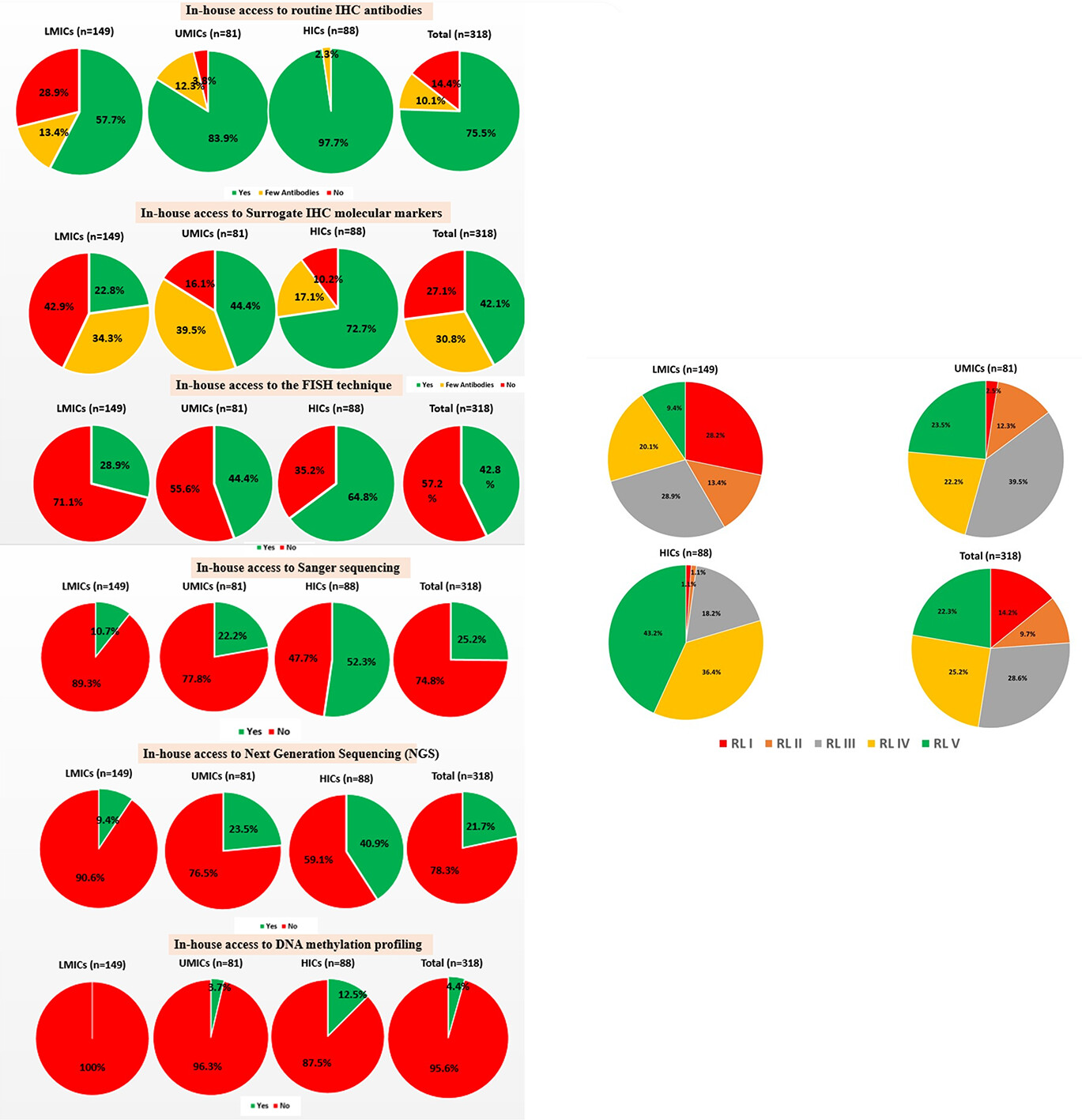
Asian Oceanian Society of Neuropathology-Adapting Diagnostic Approaches for Practical Taxonomy in Resource-Restrained Regions survey provides an overview of in-house/ local and outsourcing resources in Asian Oceanian region for brain tumor diagnostics according to World Health Organization classification of Central Nervous System tumors. It highlights constraints and disparities, especially in lower middle-income countries, identifies five resource levels, and emphasizes the need to develop tailored resource level guidelines for improving diagnostic accuracy.
Fetal growth restriction adversely impacts trajectory of hippocampal neurodevelopment and function
- First Published: 08 January 2025
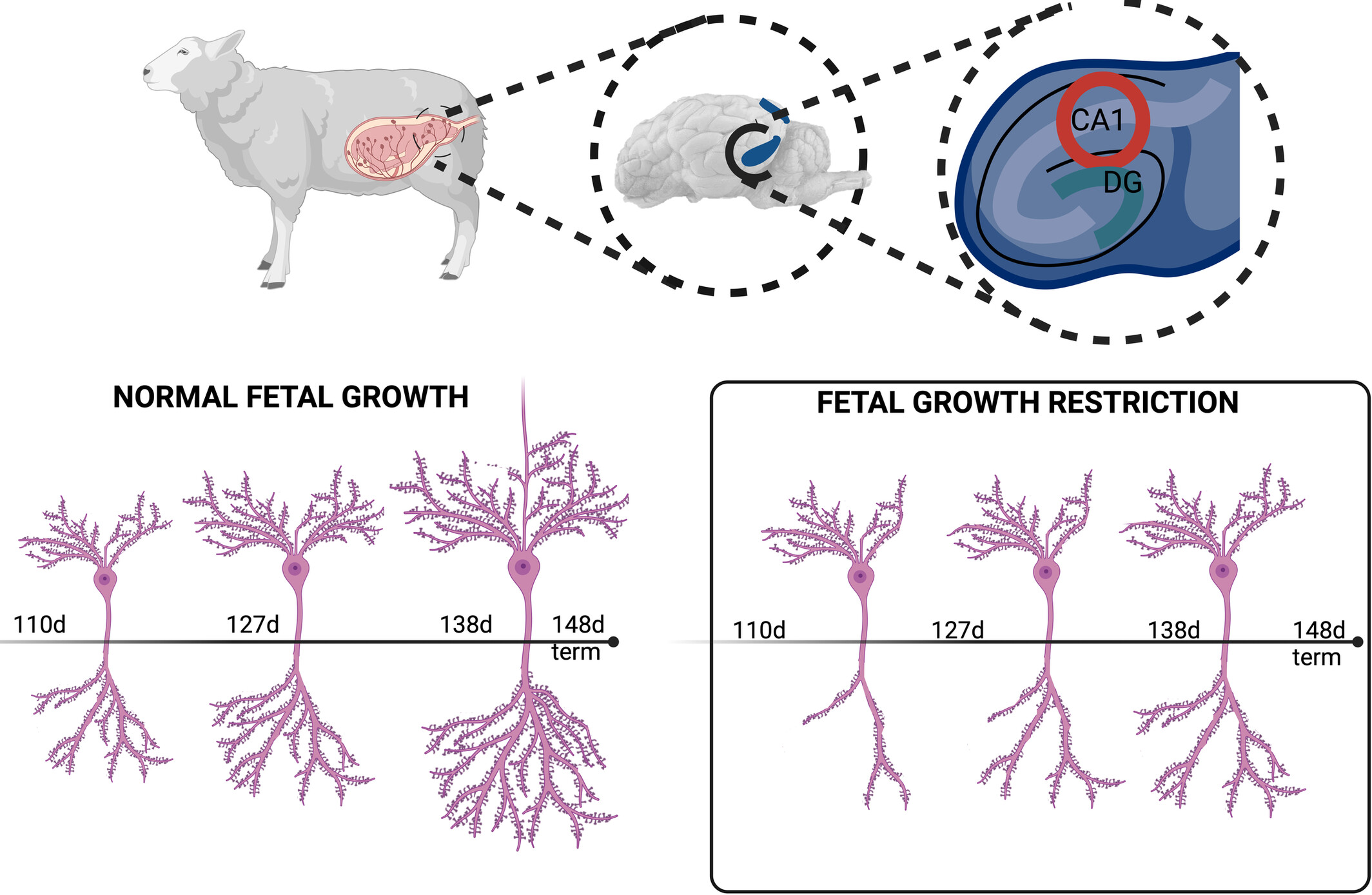
Hippocampal neuron dendritogenesis occurs rapidly in late fetal gestation and forms the foundation for connectivity and long term function. Fetal growth restriction caused by placental insufficiency is associated with reduced dendritogenesis in hippocampal neurons, resulting in a significant decrease in the trajectory of neuro-development. This has significant implications for reduced hippocampal volume and poor memory function in children born growth restricted.
Brain-derived textiloma post glioblastoma resection and application of oxidized regenerated cellulose: A pilot, bedside-to-bench, translational study
- First Published: 21 January 2025
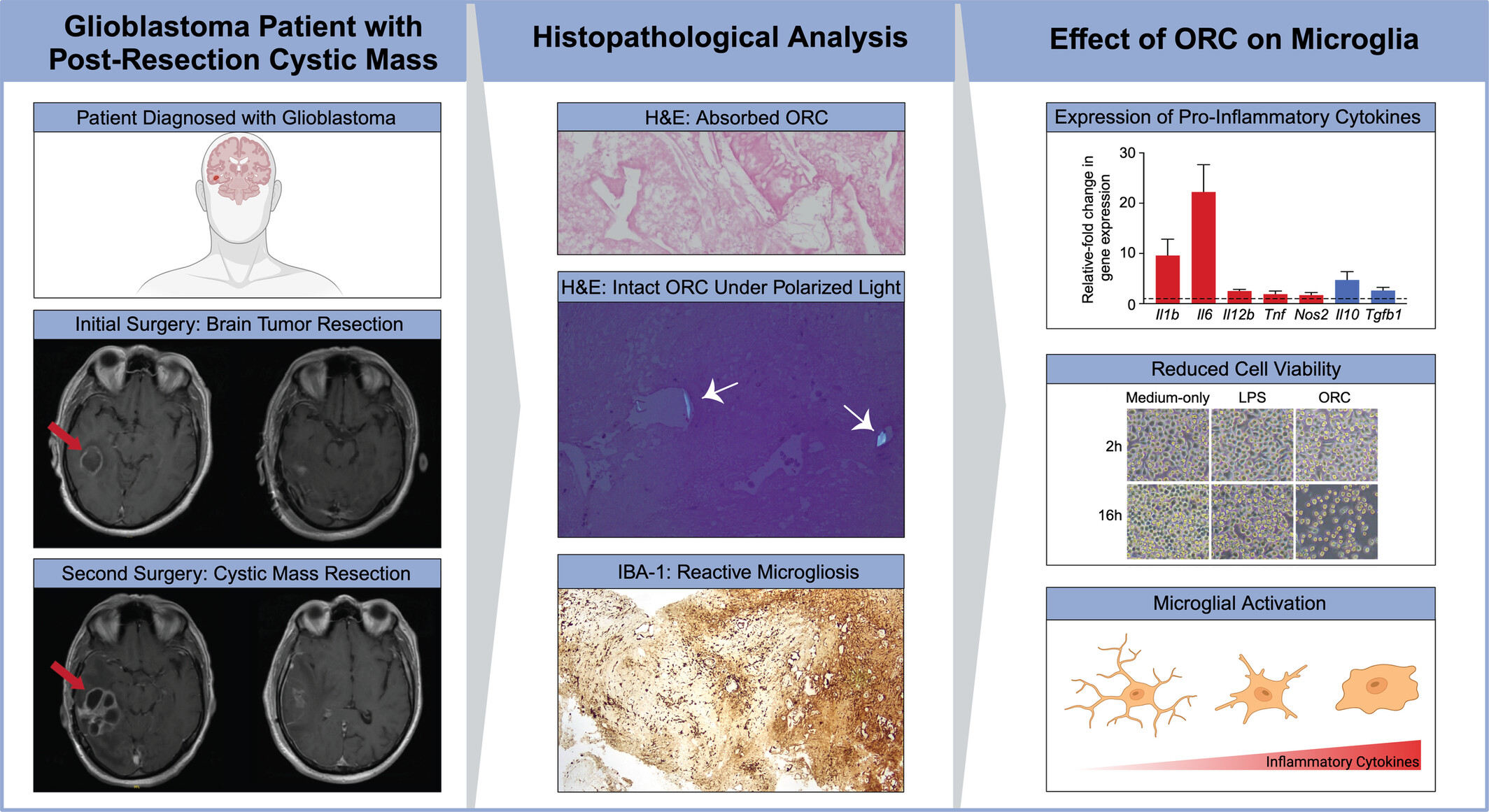
Following glioblastoma resection with oxidized regenerated cellulose application, a patient developed an intracranial mass histopathologically linked to a microglial foreign body reaction in response to the hemostatic material. Mechanistic studies characterized the cytokine response and reduced viability of microglia, supporting the inflammatory effects of oxidized regenerated cellulose within the brain.
Peripheral blood-derived immune cell counts as prognostic indicators and their relationship with DNA methylation subclasses in glioblastoma patients
- First Published: 03 February 2025
CASE IMAGE
A 6-year-old female with synchronous cerebellar and thalamic masses
- First Published: 04 March 2025
Multiple intracranial hemorrhages in a postmenopausal female
- First Published: 24 March 2025




